The pilgrims in Leiden were a religious group that escaped from England and came to live in the Netherlands. From there, they would sail to the New World and become a crucial group in the history of the US.
Before the pilgrims came to Leiden, the city already had a history of diverse inhabitants.
Before the pilgrims arrived
Before they were expelled at the beginning of the 80 Years’ War, the streets of Leiden housed the Catholic Spaniards. After the Spaniards were forced to leave, French-speaking refugees took their place.
All of this led to a massive increase in population: between the late 16th century and the mid-17th century, the population of the city grew from 15,000 to 45,000.
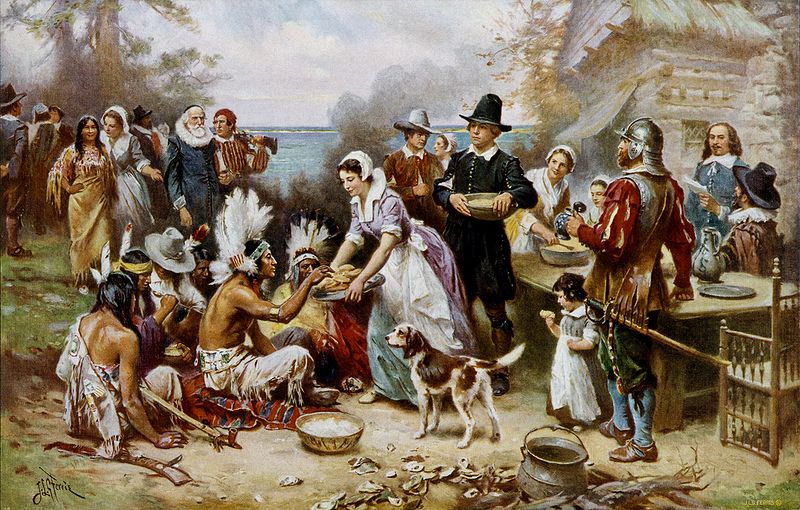
Then, the pilgrims arrived. Anyone familiar with the founding story of the United States will have heard about them before: the tiny group of people who sailed to America aboard the Mayflower to become the founders of the Colony of Plymouth in New England.
Another association you’ll have with the pilgrims is, of course, Thanksgiving.
Fleeing from England
So how did the pilgrims end up in Leiden? Well, prior to their move to the Netherlands, many of the pilgrims lived in a farming village called Scrooby, close to northern Nottinghamshire.
Because of the beliefs they held, they had irreconcilable differences with the Church of England, so the group had to leave the country.
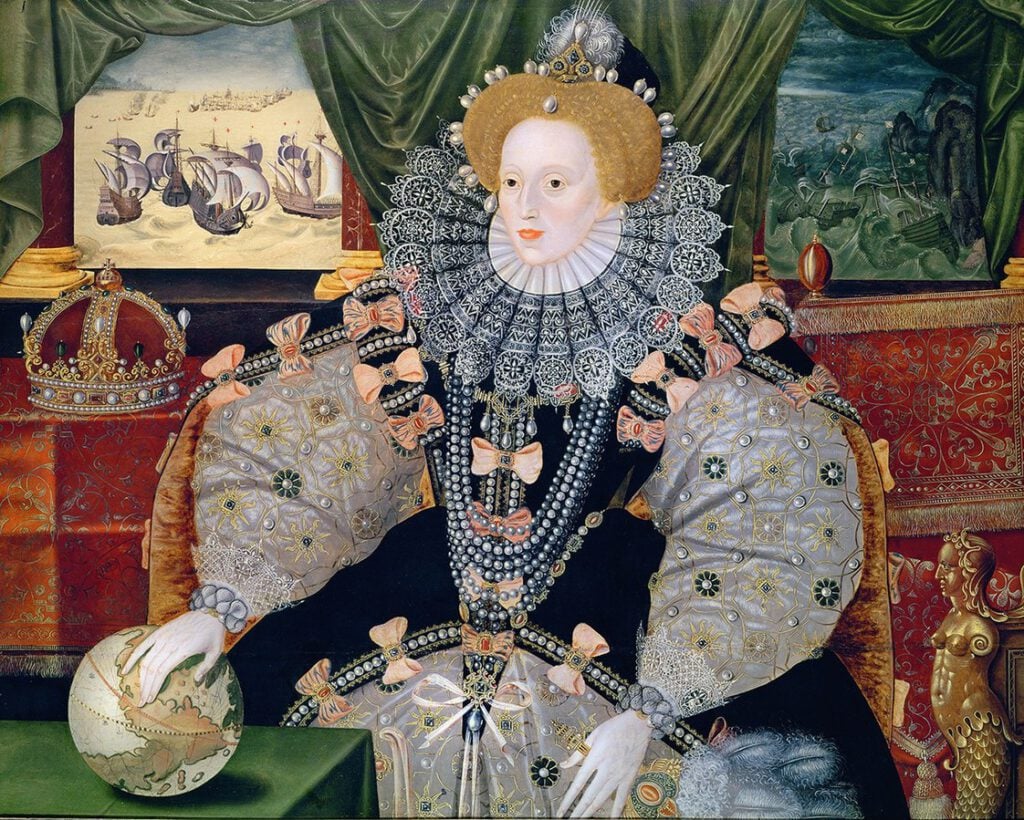
By the early 1600s, Queen Elizabeth was persecuting the pilgrims – an example that her successor, James I, followed.
Elizabeth made it illegal to attend the services of an unofficial church. Disobeying meant fines, imprisonment, or execution.
Leiden: the pilgrims’ home away from home
Like anyone sensible, the pilgrims didn’t love the idea of dying for their beliefs.
So, they left England in 1608. They held high hopes that they would establish a city somewhere that would allow them to keep their religious beliefs and identity.
First, the pilgrims arrived in the largest city of the Netherlands, Amsterdam. Amsterdam was already home to many separatist groups, as well as people following religions other than Christianity, so the pilgrims decided to settle in Leiden instead.
READ MORE | Religion in the Netherlands: a perspective on the different religions in the country
Leiden was the second biggest city in the Netherlands at the time and had a thriving industrial centre with a lot of job opportunities in the textile and brewing sectors.
These industries allowed the pilgrims to find work without Dutch language skills.
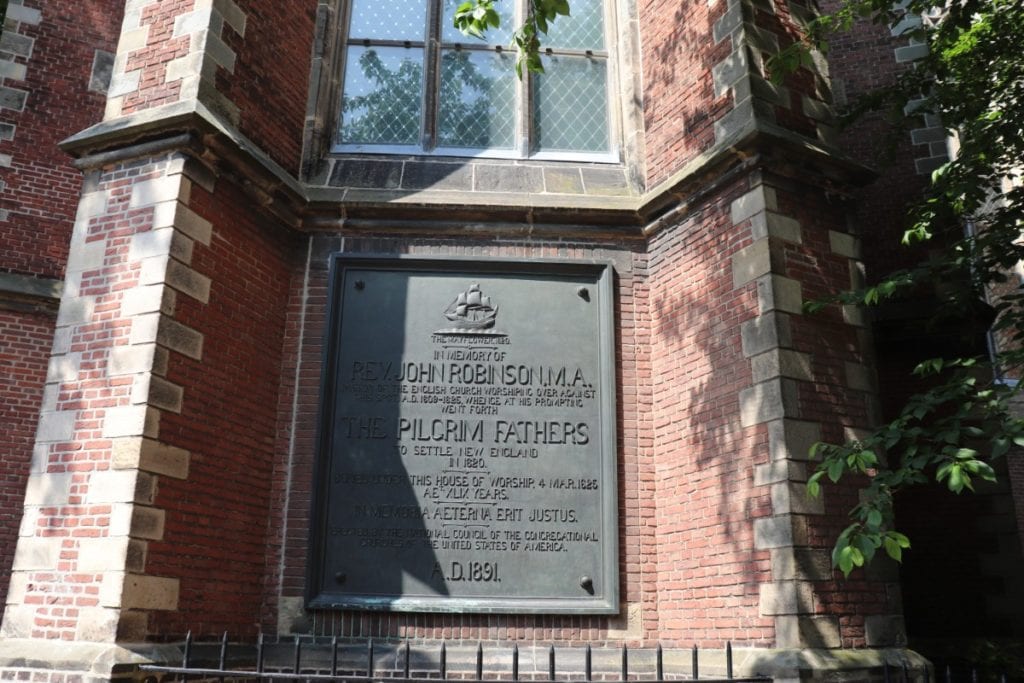
In the permission letter from the city for their relocation, pastor Robinson wrote that Leiden “refuses no honest people free entry to live in the city, as long as they behave honestly and obey all the laws and ordinances, and under those conditions, the applicants’ arrival here would be pleasing and welcome.”
The pilgrims settled on land close to St. Pieterskerk. In a short amount of time, the number of Pilgrims in the city increased to 300 from the initial 100.
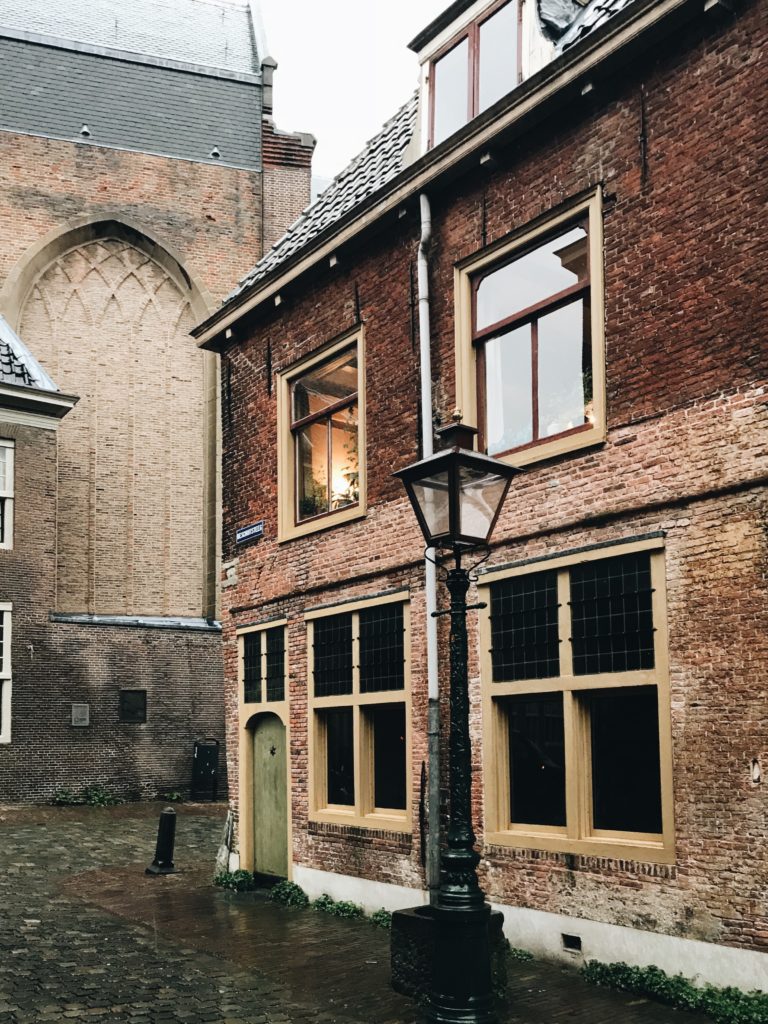
Pilgrims in Leiden
For pilgrim families who moved to Leiden from bigger cities, adjusting to city life was not such a big deal. However, for those who came from farming backgrounds, the adjustment was more difficult.
Apart from a few, like William Brewster, who eventually took a job as an English teacher, and John Robinson, who enrolled at the University of Leiden for a doctorate, many of the pilgrims worked at demanding jobs six days a week.
In addition, they lived in small, one-roomed houses. Parents would sometimes teach their kids how to read and write at home, and they would then help out around the house from age eight and up.
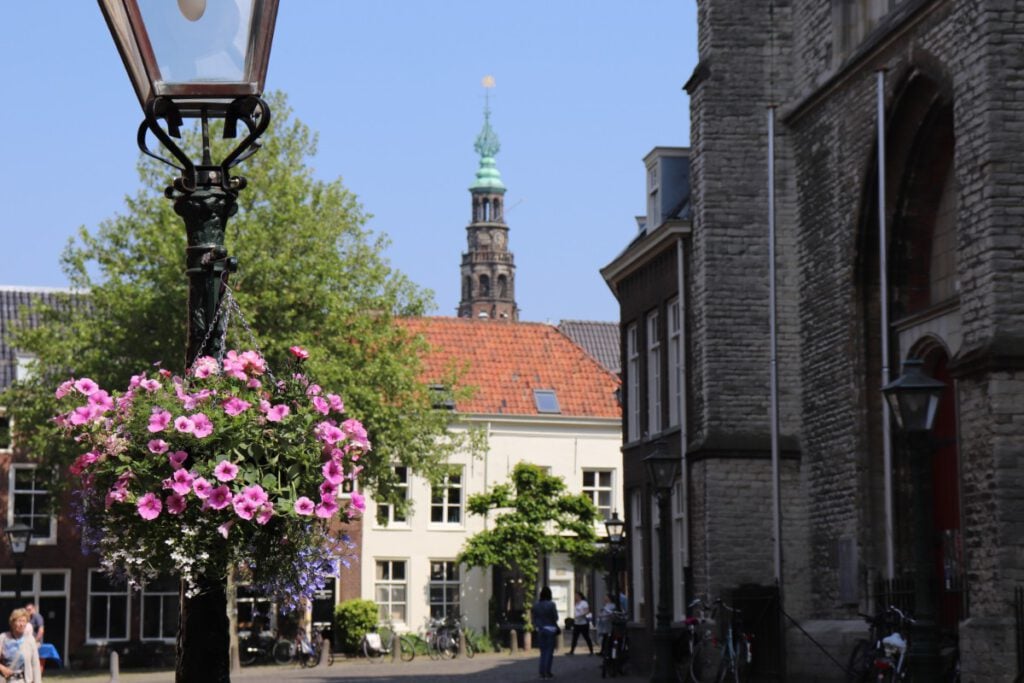
Times of hardship
Life in this newfound city was not easy. At first they accepted it, but as the years went by and many of the original pilgrims got older, they started to find their living conditions intolerable.
READ MORE | The museum town of the Netherlands: 14 great museums to visit in Leiden
Many of them had little to no educational background. That, and the language barrier, made going about daily life difficult.
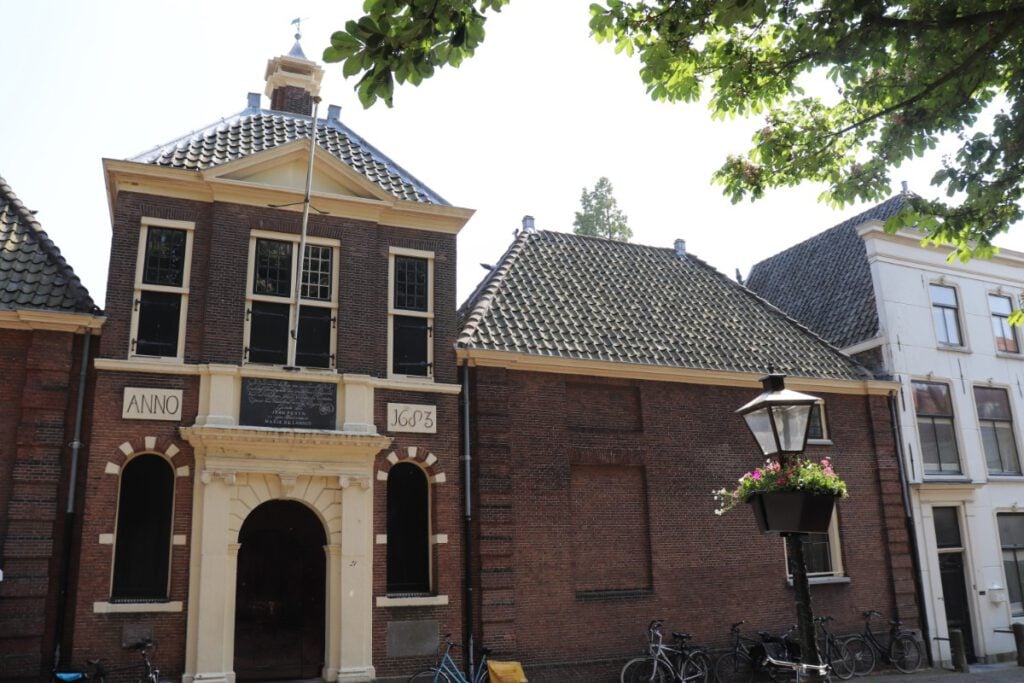
Additionally, their now grown-up children were learning Dutch, refusing the “old ways”, and yearning for a different way of life. Their parents feared that their legacy was approaching extinction.
At the same time, the political state of the Netherlands was becoming more unstable. There was a military coup, and the number of riots, military restrictions, and instances of censorship had increased dramatically.
Journey into the unknown
Afraid of losing their identity, the pilgrims of Leiden decided to leave behind the harsh conditions of Leiden in search of a new home. They didn’t want to assimilate or be punished for their beliefs. In the end, they decided to sail to America.

At first, only a few of the pilgrims made the journey to America. These were the youngest and fittest pilgrims from Leiden. Moreover, each of them had essential skills that would be crucial for their lives in the New World.
The rest of the Leiden pilgrims were supposed to join them later — but some of them didn’t make it over.
As the years went on, the pilgrims who stayed in the Netherlands became part of the Dutch culture and the Calvinist church. Some even changed their names.
The Pilgrims and their story is an important part of the Dutch-American culture, which shaped the national identity shared by millions today.
Did we miss any important facts about the pilgrims’ lives here? Tell us in the comments below!





Terrific article. Thank you. A side note, an ancestor of President Obama was a Pilgrim living in Leiden.
Nice to read this article again around Thanksgiving. By the way, great photos by Abuzer.
The pilgrims left because they where cared to lose their faith because we where to liberated please remove that propaganda
Why did the Pilgrims leave The Netherlands? ‘Because the women spake to the men as if they were equal’.
lowkey terrible
I enjoyed this article, I learned something about my Fatherland and that’s always a pleasure.
Were the pilgrim fathers in Amsterdam? Were the pilgrim fathers in the English Reformed Church (Begijnhof Amsterdam) ?
Some inaccuracies could have been avoided by reading the books Jeremy Bangs, the founder of the Leiden American Pilgrim Museum wrote about the history of the Pilgrims. Look for more accurate information on the museum website and 1620.org.